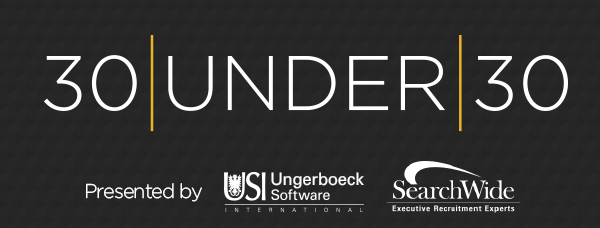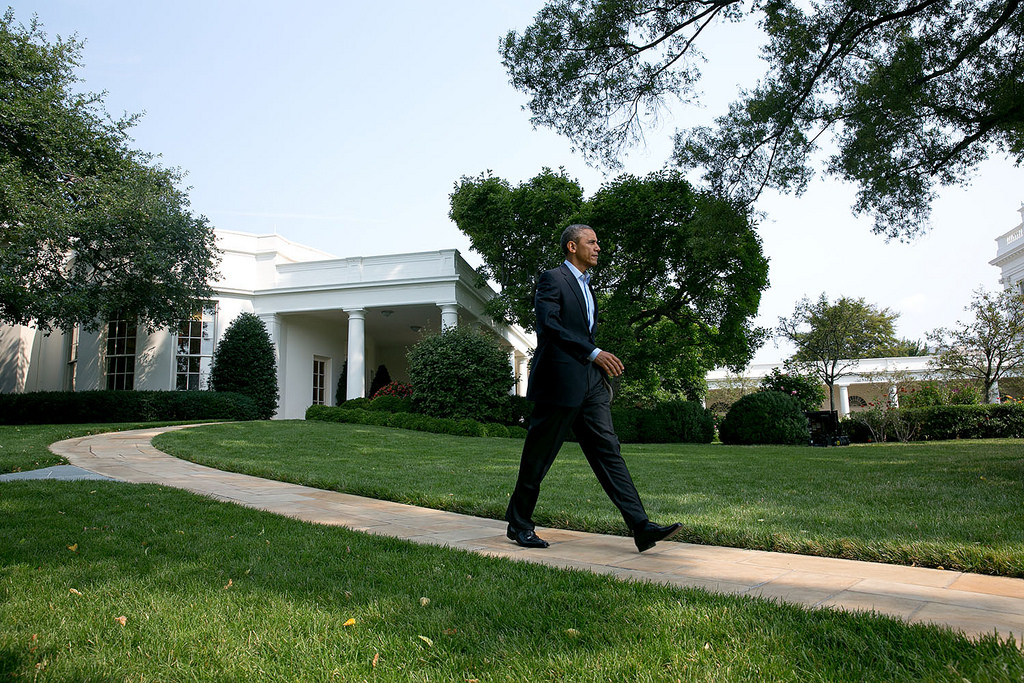The Tacoma Dome May Feature Warhol’s Flower on Its Roof
A flower designed by Andy Warhol could soon cover the Tacoma Dome. According to The News Tribune, city officials approved the plan on Tuesday.
“The unanimous blessing of the council will allow arts boosters to approach the Andy Warhol Foundation for permission to use the image on the city-owned Dome, and to start raising the funds needed to install what would be the largest Warhol in the world,” Kate Martin reported.
The project is expected to cost $5.1 million; however city officials say none of the costs will be paid by the city.
“The council’s OK allows the city to form a project committee and approach the Greater Tacoma Community Foundation for help fundraising,” IAVM chair Kim Bedier, CFE, told the publication. “There are still a lot of unknowns. We still have a lot of work to do.”
Warhol originally entered the flower design in a contest to decorate the dome’s roof in 1982. He lost the contest.
Please visit The News Tribune for more on the story.
(Image: The News Tribune)
Nominations Open for the Inaugural 30|UNDER|30 Program
The Foundation is now accepting nominations for the inaugural 30 | UNDER | 30 class of 2015!
Thanks to the generous support of SearchWide and Ungerboeck Software International, the 30 | UNDER | 30 program will be launching at VenueConnect, IAVM’s Annual Conference & Trade Show in Baltimore, Maryland, Aug. 1-4, 2015. This program focuses on identifying and developing the talent of venue industry professionals, 30 years of age and under, through increased access and exposure to industry networking and thought leadership. The program provides year-round continuing education for professional growth in the venue industry and helps program participants become better, more productive employees.
“Identifying and developing future leaders is an important priority, and IAVM has stepped up to the plate in a big way with this initiative. Venue management is an exciting and challenging career path, and it is crucial we prepare this group for the complexities of leading this industry forward,” said Mark Gnatovic, senior vice president of SearchWide and a Foundation Trustee. “Having access to industry education and industry leaders will create significant learning opportunities for these individuals. I’m looking forward to meeting the 2015 IAVM 30 | UNDER | 30 inaugural class.”
Selected applicants will receive one full, complimentary registration to VenueConnect, a travel stipend of US$850 to be used on travel accommodations, and a one-year complimentary Young Professional IAVM Membership. Honorees will be recognized throughout the annual meeting and formally at the Venue Industry Awards luncheon on Monday, Aug. 3, 2015. Nominees do not have to be current IAVM members; however, the person nominating must be a current IAVM member.
To learn more about the 30 | UNDER | 30 program, please click here. To nominate a young professional from your organization, please click here.
Obama’s Proposals Could Affect Stadiums and Universities
I was on vacation last week, and while out, I purposely chose to ignore a lot of the news happening around the world. For example, I hear the Grammy’s happened and Kanye West did something…don’t tell me. I’m still catching up on things.
That’s why I’m just now finding out some news that, if you haven’t heard already, may be interested in as a venue manager. U.S. President Obama released his budget proposal on Monday, February 2. In it, tax breaks would be eliminated that are associated with city-funded professional sports stadiums. Here’s the proposal:
The proposal eliminates the private payments test for professional sports facilities. As a result, bonds to finance professional sports facilities would be taxable private activity bonds if more than 10 percent of the facility is used for private business use. By removing the private payment test, tax-exempt governmental bond financing of sports facilities with significant private business use by professional sports teams would be eliminated. The proposal would be effective for bonds issued after December 31, 2015.
“According to the proposed budget, as much as $542 million could be raised by 2025 through the elimination of the so-called private payment test, which allows governments to use proceeds from tax-exempt bonds for stadium projects unless more than 10 percent of the debt service comes from a private business and more 10 percent of the facility’s usage is dedicated to private interests,” Jared Dubin reported for CBSSports.com.
There’s also a proposal in the budget that would stop the deduction available to fans for donations made to get seats at college sporting events. Here’s the proposal:
Current Law
Under current law, donors who receive benefits in exchange for their contribution must reduce the value of their charitable contribution deduction by the fair market value of the benefits they receive. However, the law currently provides that donors to colleges and universities that receive in exchange for their contributions the right to purchase tickets for seating at an athletic event may deduct 80 percent of the contribution.
Reasons for Change
Some colleges and universities give exclusive or priority purchasing privileges for sports ticket sales to donors, with the priority often dependent on the size of the gift. Donors may deduct 80 percent of the contribution, even when the value of the right to purchase tickets is far in excess of 20 percent of the contributed amount.
Proposal
The proposal would deny the deduction for contributions that entitle donors to a right to purchase tickets to sporting events. The proposal would be effective for contributions made in taxable years beginning after December 31, 2015.
This change could seriously affect how U.S. universities generate revenue from sports.
“Contribution totals, and season ticket policies, vary significantly across the NCAA’s top division,” Margaret Collins and Richard Rubin reported for BloombergBusiness. “The University of Washington, which requires a donation for its premium football season tickets, reported $19.1 million in football contributions in 2013-14. Rival Washington State’s program reported $2.1 million by comparison.”
As in the past, these proposals are just that, proposals, and often do not get passed. However, it’s wise to keep an eye on the subject.
(Image: Official White House Photo by Amanda Lucidon)
2015 PAMC Scholarship + Internship Recipients Announced
The Foundation is proud to announce the Joseph A. Floreano Scholarship + Internship Program recipients for the 2015 Performing Arts Managers Conference (PAMC), recognizing five, deserving individuals who demonstrate leadership, character, community involvement, and the potential to be future leaders in the venue management industry. The Foundation also offers scholarships + internships to a variety of other IAVM conferences and schools, click here to learn more and to apply. Thanks to the support of committed donors, together we are Building Amazing Futures. Click here to learn more about the Foundation’s annual campaign.
Why the Color of Your Product Ad Matters
Let’s say you’re trying to get someone to buy your product and you want to purchase an ad. Do you go with a black-and-white or color ad? Well, that depends on where you want to draw attention.
“Black-and-white images can lead consumers to focus on the abstract, essential, and defining components of a product,” wrote authors Hyojin Lee, Xiaoyan Deng, H. Rao Unnava, and Kentaro Fujita (all The Ohio State University), in a new study in the Journal of Consumer Research. “In contrast, color images can draw attention to the concrete, sometimes unimportant and idiosyncratic features of the product.”
The researchers had consumers in one study look at either black-and-white or color pictures of four shoes (plain sneakers, leopard print sneakers, plain heels, and leopard print heels) and asked them to categorize the shoes into two groups. Those who saw the black-and-white images most likely categorized the shoes based on function (high heels vs. sneakers) instead of differences in aesthetic design.
“Color has become dominant in marketing because it attracts attention and promotes favorable attitudes,” the authors wrote. “However, there may be times when companies might prefer to use black-and-white advertising. If a product’s primary features are superior, companies can successfully promote the product by using black-and-white images. On the other hand, if a product’s secondary features are superior, companies should consider using color images to draw attention to these otherwise easily overlooked features.”
(photo credit: Thomas Hawk via photopin cc)
Do you want to receive a Front Row News weekly digest?
Categories
- Allied (861)
- Architecture (147)
- Arenas (750)
- Career (897)
- Convention Centers (897)
- Education (623)
- Events (1,544)
- Food & Beverage (193)
- Foundation (113)
- Guest Experience (1,497)
- Industry News (2,270)
- Leadership (1,888)
- Marketing (150)
- Membership (2,001)
- Music (213)
- Performing Arts Centers (456)
- Professional Development (409)
- Research (128)
- Safety & Security (442)
- Sports (764)
- Stadiums (611)
- Student (159)
- Technology (516)
- Ticketing (92)
- Touring (82)
- Trends (365)
- Uncategorized (692)
- Universities (218)
- Video (25)
- Young Professional (198)
Twitter Feed
- Twitter feed loading
Recent Posts
- Welcome to Our Newest Members
- Register Today for the 2025 AIPC/CCC/IAVM Academy
- The Raleigh Convention Center Announces New Director of Marketing and Sponsorships
- Texas FFA Awards Fort Worth Hospitality Team with Honorary Lonestar Degrees
- VenuWorks Diversifies Portfolio to Include More Amateur Sports Complexes
Categories
- Allied
- Architecture
- Arenas
- Career
- Convention Centers
- Education
- Events
- Food & Beverage
- Foundation
- Guest Experience
- Industry News
- Leadership
- Marketing
- Membership
- Music
- Performing Arts Centers
- Professional Development
- Research
- Safety & Security
- Sports
- Stadiums
- Student
- Technology
- Ticketing
- Touring
- Trends
- Uncategorized
- Universities
- Video
- Young Professional
Archives
- August 2025
- July 2025
- June 2025
- May 2025
- April 2025
- March 2025
- February 2025
- January 2025
- December 2024
- November 2024
- October 2024
- September 2024
- August 2024
- July 2024
- June 2024
- May 2024
- April 2024
- March 2024
- February 2024
- January 2024
- December 2023
- November 2023
- October 2023
- September 2023
- August 2023
- July 2023
- June 2023
- May 2023
- April 2023
- March 2023
- February 2023
- January 2023
- December 2022
- November 2022
- October 2022
- September 2022
- August 2022
- July 2022
- June 2022
- May 2022
- April 2022
- March 2022
- February 2022
- January 2022
- December 2021
- November 2021
- October 2021
- September 2021
- August 2021
- July 2021
- June 2021
- May 2021
- April 2021
- March 2021
- February 2021
- January 2021
- December 2020
- November 2020
- October 2020
- September 2020
- August 2020
- July 2020
- June 2020
- May 2020
- April 2020
- March 2020
- February 2020
- January 2020
- December 2019
- November 2019
- October 2019
- September 2019
- August 2019
- July 2019
- June 2019
- May 2019
- April 2019
- March 2019
- February 2019
- January 2019
- December 2018
- November 2018
- October 2018
- September 2018
- August 2018
- July 2018
- June 2018
- May 2018
- April 2018
- March 2018
- February 2018
- January 2018
- December 2017
- November 2017
- October 2017
- September 2017
- August 2017
- July 2017
- June 2017
- May 2017
- April 2017
- March 2017
- February 2017
- January 2017
- December 2016
- November 2016
- October 2016
- September 2016
- August 2016
- July 2016
- June 2016
- May 2016
- April 2016
- March 2016
- February 2016
- January 2016
- December 2015
- November 2015
- October 2015
- September 2015
- August 2015
- July 2015
- June 2015
- May 2015
- April 2015
- March 2015
- February 2015
- January 2015
- December 2014
- November 2014
- October 2014
- September 2014
- August 2014
- July 2014
- June 2014
- May 2014
- April 2014
- March 2014
- February 2014
- January 2014
- December 2013
- November 2013
- October 2013
- September 2013
- August 2013
- July 2013
- June 2013
- May 2013
- April 2013
- March 2013
- February 2013
- January 2013
- May 2012
- March 2012
- December 2011
- November 2011
- October 2011
Recent Comments
- Frank Bradshaw, Ph.D., CVE on John Meyer, CVE, a Tireless Advocate of Certification for Venue Professionals, Has Died
- Neil Sulkes on Hilary Hartung, Friend to Many in Venue Marketing, Has Left Us
- Jason Parker, CVE on The Devastation of Hurricane Helene and How We Can Support One Another
- Larry Perkins on Touhey Testifies Against Speculative Ticketing Before Congressional Subcommittee
- Peter Secord on Major Players for Planned Elkhart Amphitheater Were in the Mix at VenueConnect





